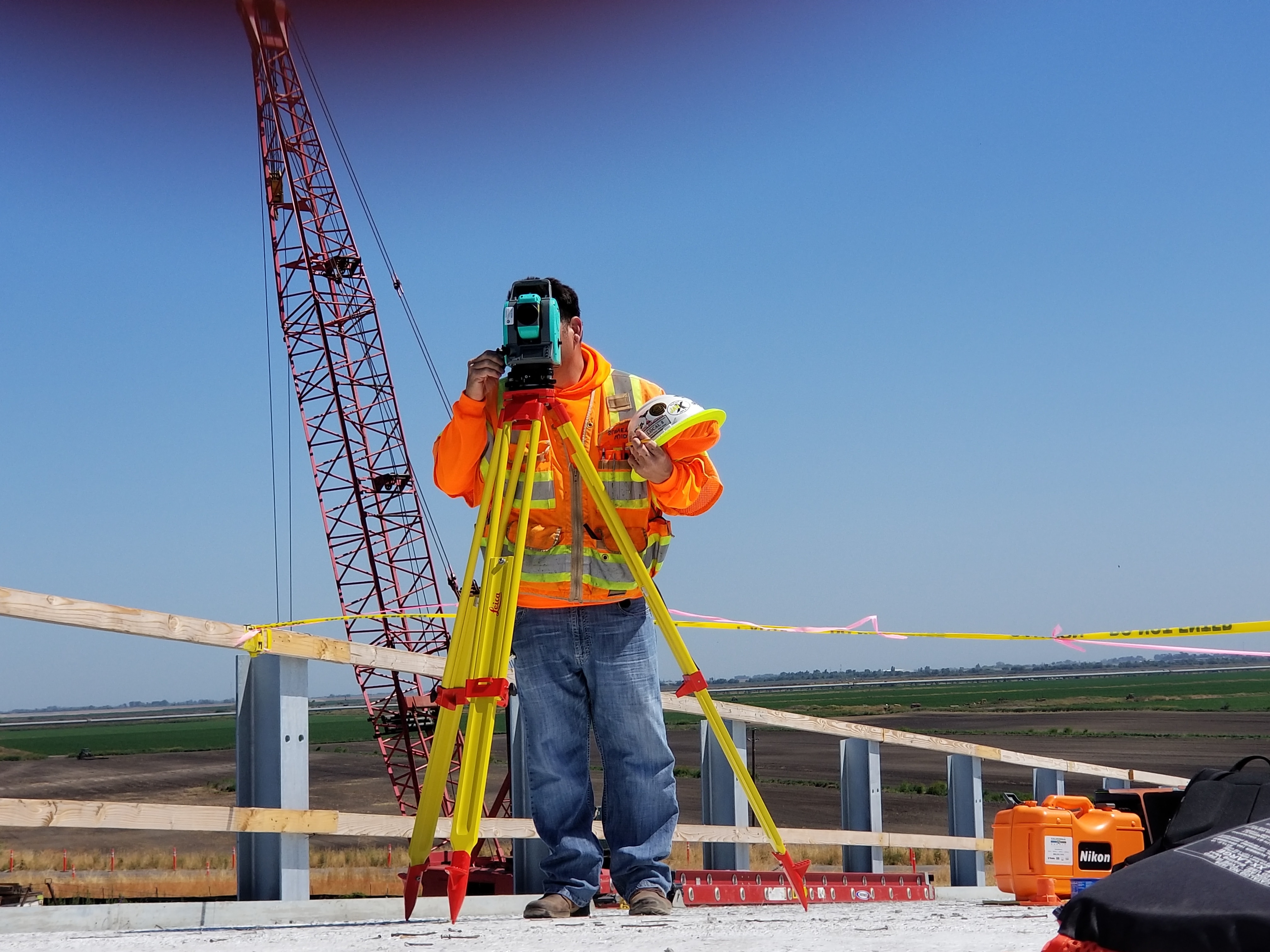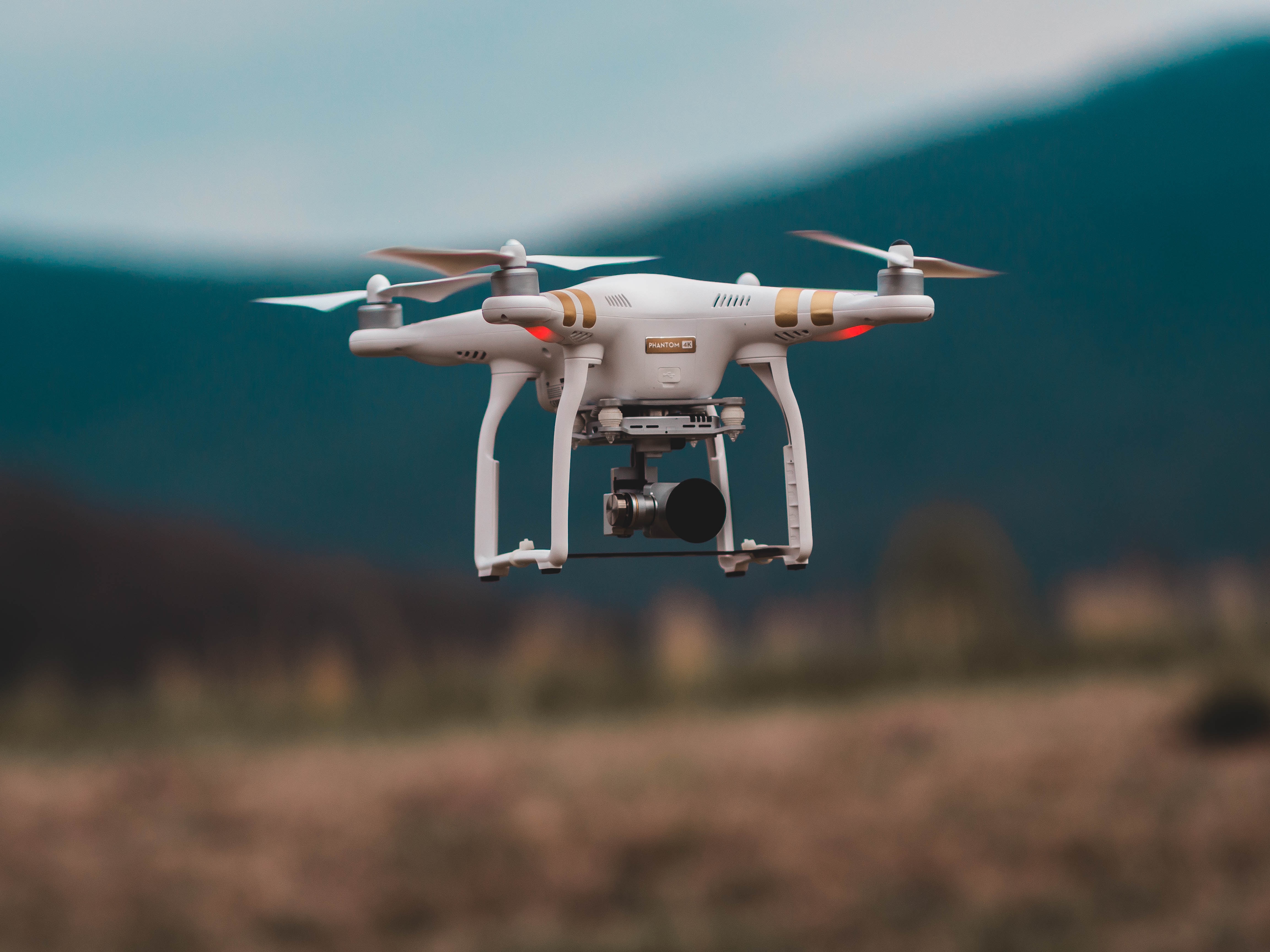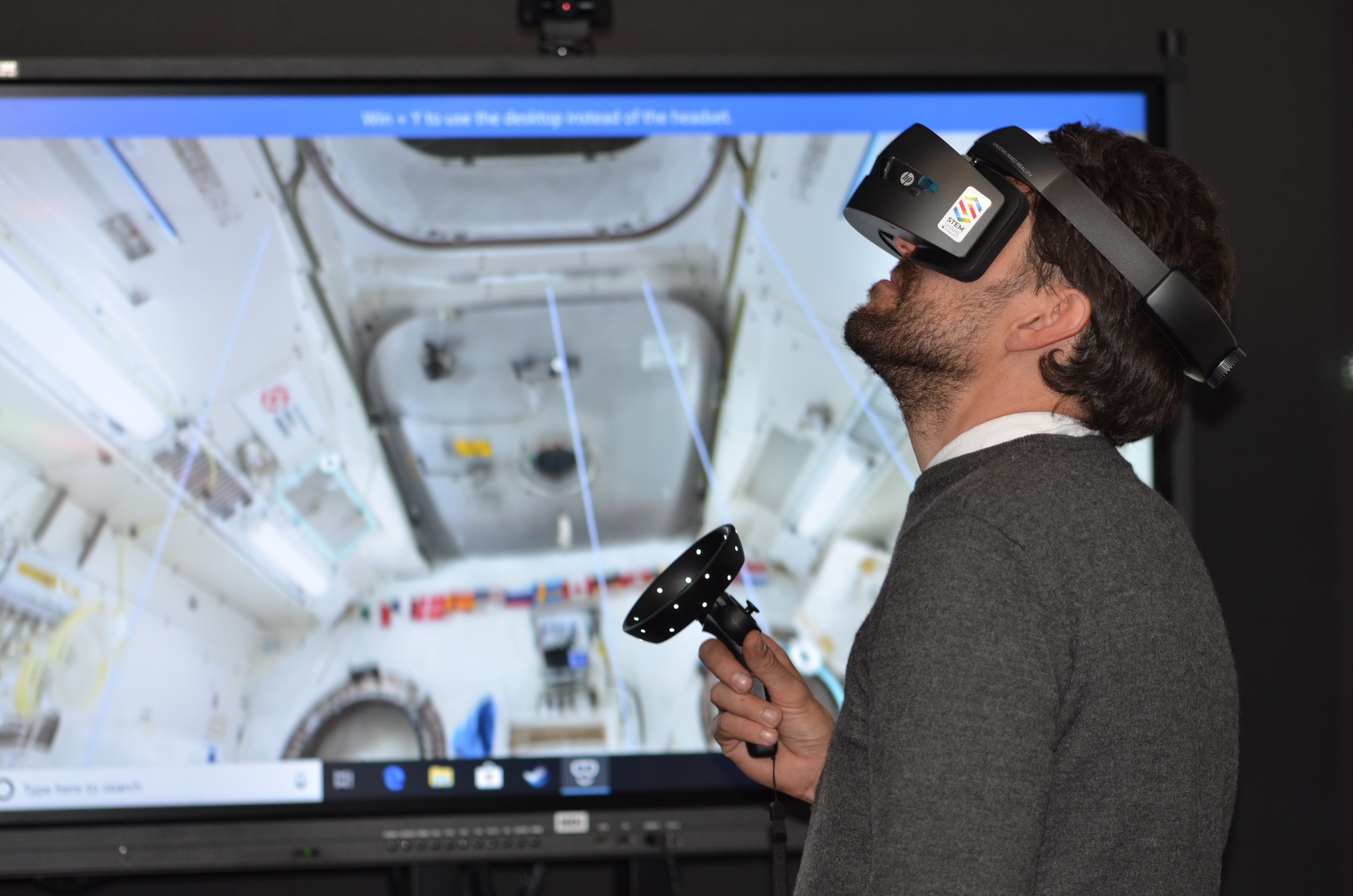Technology to Secure Construction Site Safety?
Construction and building sites are considered ‘a health and safety nightmare’,that 1,116 work-related accidents occurred over the period of 2011 to 2016, reported Department of Occupational Safety and Health (DOSH).

Construction sector is one of the topmost industries that contributes to the country’s economy. However, construction site is a risky activity in which different parties engage in myriad challenges in one environment. The sector is associated with numerous accidents and fatal injuries caused by various factors, such as lack of supervision, lack of adherence to safe work technique, failure to wear personal protective equipment and failure to comply with the safe use of tools, vehicles, and machines. By analyzing secondary data from Malaysia Social Security Organization (SCOSO), found that 2,822 casual occupational injuries occurred in Malaysia with an average annual incidence of 9.2 fatal job-related injuries per 100,000 workers.
Technology advancement is making the construction work safer by implementing safety practices in tackling workplace accident issues. Here are some ways technology helps in the construction sites.
Drones for site survey

Modern construction sites are larger in scope and complexity than ever before (and continue to grow), which makes it difficult to manage an entire site effectively. Site inspection can take days to finish. This causes the site inspection takes days to finish. In addition, every site contains safety hazards that can pose a danger to site inspectors. The use of drone in construction has changed the way buildings are made.
AI-driven software has developed alongside drone technology. It contains powerful systems for processing a drone’s raw visual data to provide detailed maps of construction sites. Drones have evolved to the more consumer-friendly role of providing unique photographic and video perspectives. As a result of this evolution, drones are now critical to improving construction site safety.
When equipped with infrared cameras and laser-based range finders, drones can conduct site surveys, look for safety hazards, and monitor construction workers, all while their human operators observe remotely from a safe location.
Exoskeletons to reduce risk

The nature of job exposes the construction workers to high risk of straining their bodies or suffering from muscoloskeletal disorders (MSDs). MSDs are the single largest category of workplace injuries and they are caused by lifting heavy objects, using heavy work tools, and using the wrong tools to do the job. With technology advancement, exoskeleton comes in to aid which enable construction workers can perform their tasks more safely.
The exoskeleton or exosuits are metal frameworks with motorized muscle to multiply the construction workers’ strength and improve their posture. It allows the workers to lift up to 200 pounds safely. There are two types of exoskeletons —power assisted and unpowered. The unpowered exoskeletons use a mechanical harness wrapped around the construction workers’ body to improve ergonomics and reduce fatigue. The employers may improve worker safety and prevent them to churn.
The power assisted exosuits are mobile machined which are powered by system of electric motors, pneumatics, levers, hydraulics, or a combination of technologies that allow for limb movement with increased strength and endurance. It is designed to provide support to shoulders, waist and thigh, and lower the stress in lifting and lowering heavy items.
VR for realistic safety training

The construction site is abundant with potential health and safety hazards. This is why the constructor sector is looking towards virtual reality for safety training needs. Virtual reality (VR) stimulates real-world situations that allows the workers to immerse in the environment that resembles real construction environment.
VR technology is applicable in the construction sector with unified endpoint management solution (UEM) which helps the constructors to manage and control internet enabled devices from a single interface. It enables the workers to experience situations that they will not be able to easily construct for training in a real-life situation which can test them at a progressive, higher level and a more difficult standard.
The VR training consists of navigating tight corners, understanding the use of directional arrows, complex basket positioning, and avoiding hazardous placement which scenarios can be tailored to match the construction site. Also, the health condition can be supervised by monitoring their heart rate and stress level.
Source adapted from here.
Related posts
Sorry, the comment form is closed at this time.




